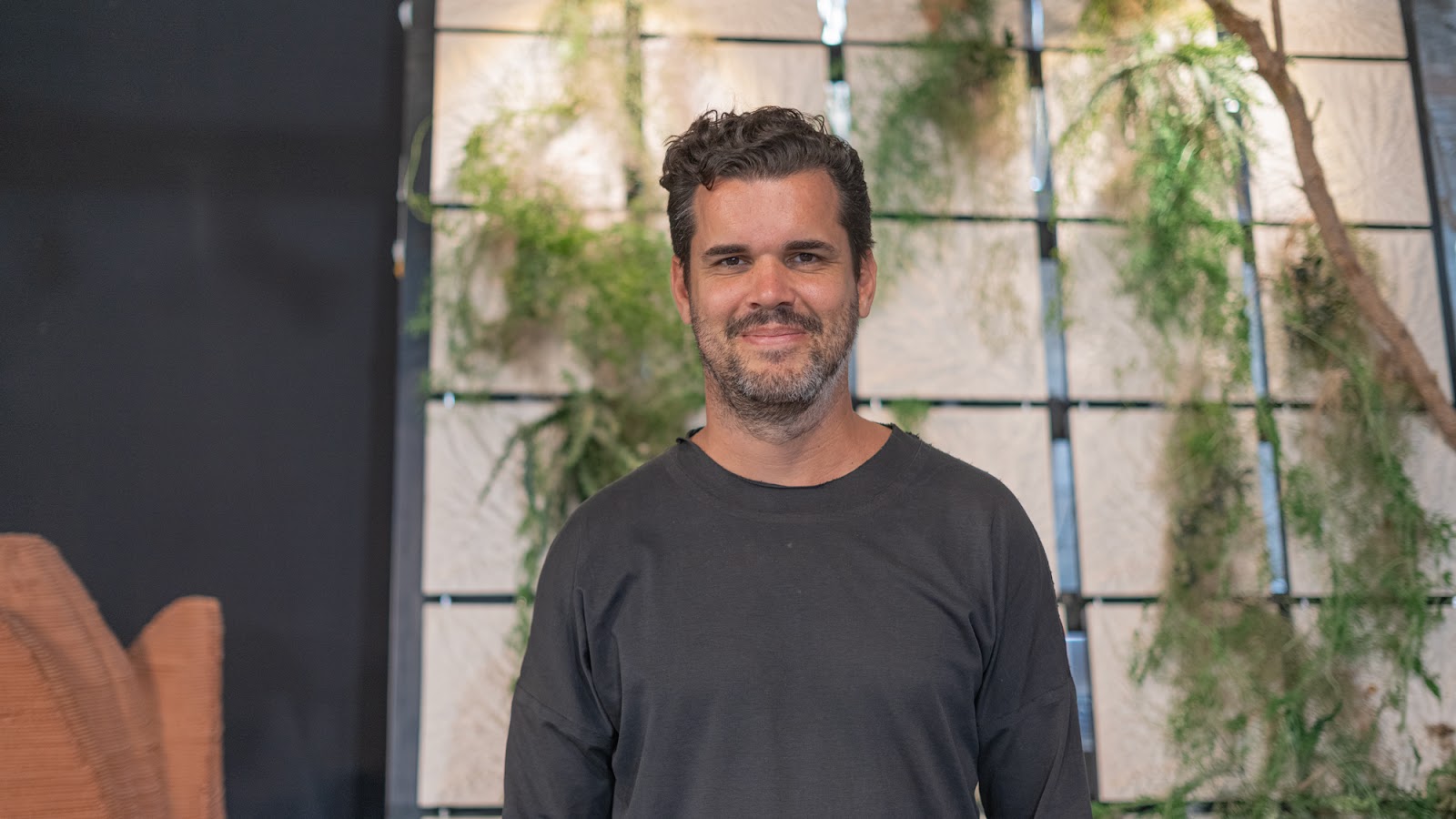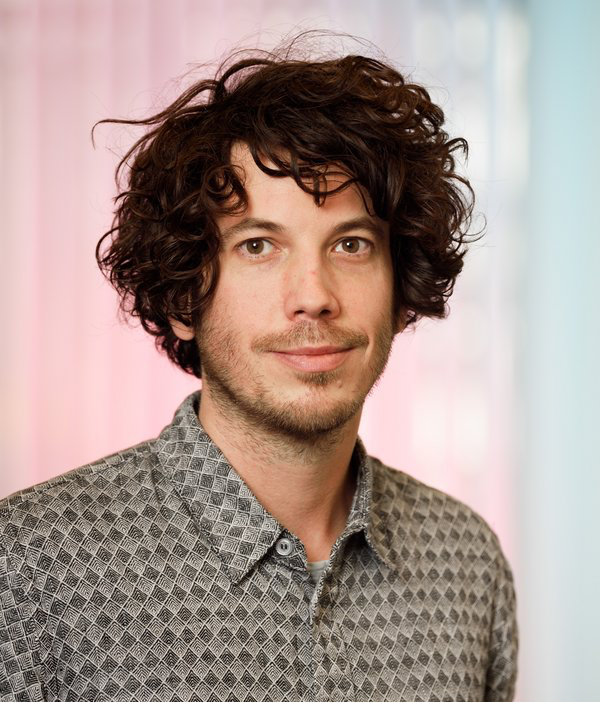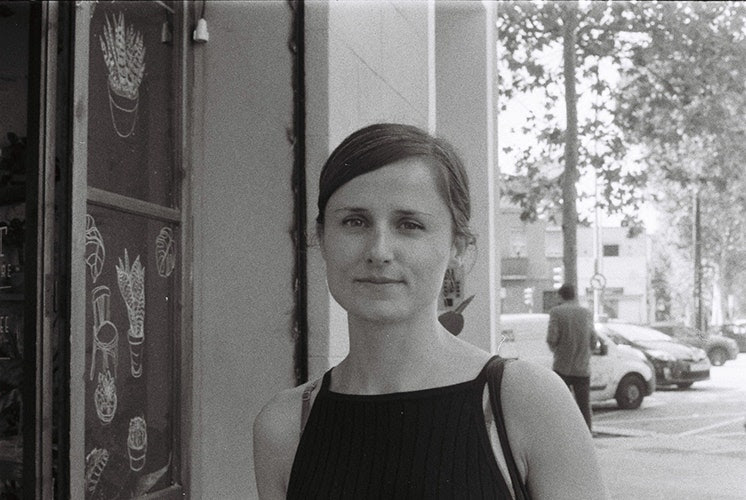Syllabus⇝
MDEF Research, Design, and Development studios aim to take research areas of interest and initial project ideas into an advanced concretion point, and execution plan. The studio structure in three terms could be understood as follows:
TERM 1 Research: Understanding what it means to design for emergent futures. Analyzing the past and finding weak signals. References, state of the art. Identifying areas of interest. Experimenting from the first-person perspective.
TERM 2 Design: Forming the present through interventions in the real world. Building the foundations of your design space, forming strategic partnerships. Applying knowledge into practice through iterative prototyping. Testing ideas and prototypes in the real world.
TERM 3 Development: Refining interventions and identifying desirable futures. Establishing roadmaps for the construction of emergent narratives.. Communicating and disseminating your project through speculative design.
The first term Design Studio aims to create a solid ground for the students to start developing their projects. Weekly activities will be set to interlink results from the courses like their mappings, cartographies, experiments, 1st person design activities, prototypes, with their personal development plan. In order to propose an area of intervention at the end of the trimester. The Design Studio activities will consist of presentations, group activities, short exercises, and personal coaching. The specific goals are the following:
- To develop a critical position in the student’s design practice.
- Define possible areas of intervention, based on the Atlas of the Week Signals.
- Prototype an alpha version of the design space and iterate.
- To build personal and collective repositories of resources.
Deliverables⇝
A design space that is adaptable and can grow over time including the state of the art, your weak signals, resources, and personal projects. Frame your ideas in relation to your area of interest provided in the AWS. Create a design space where these relationships are visible. Your design space should contain at least: •3 objects/products that represent the issues you are enquiring in a tangible way. •3 kinds of materials that express some of the qualities of these issues. (If you had to represent your issue through materials, which would they be?). •3 reference projects or initiatives that are working around those issues (pictures, blueprints, etc) •2 reference technologies / methodologies that are being used to investigate/attend those situations •2 possible contexts in Barcelona (or not) in which you would be interested to place an intervention •2 experiments that allow you to prototype your intervention. The format of this deliverable can be physical or digital, but document it with pictures or screenshots to submit to your drive folder and share with the class.
Faculty⇝
Tomas Diez Ladera, a Venezuelan Urbanist, Designer, and Technologist, is known for his expertise in digital fabrication and its impact on future cities and society. He is a founding partner and executive director of the Fab City Foundation, and he also serves on the Institute for Advanced Architecture of Catalonia’s board of trustees, where he holds positions as a senior researcher and tutor. He actively collaborates with the Fab Foundation to support the global Fab Lab Network and has played a significant role in launching initiatives such as the Fab Academy and Fab City.
Tomas co-founded and co-designed projects like the Smart Citizen initiative and the global Fab Lab Network platform, fablabs.io. Additionally, he co-created higher degree programs, including the Master in Design for Emergent Futures (IAAC-Elisava) and the Master in Design for Distributed Innovation (Fab City-IAAC), both of which he co-directs. As a founding partner and President-Director of the Meaningful Design Group Bali, he aims to combine advanced technologies and design with alternative perspectives and cultures in Indonesia and Southeast Asia. He has received recognition as a young innovator of the year by the Catalan ICT Association and was nominated as one of Nesta's and The Guardian's top 10 Social Innovators in Europe.
Oscar Tomico is associate professor at the Department of Industrial Design at Eindhoven University of Technology on Design Research Methodologies for Posthuman Sustainability. His research revolves around 1st Person Perspectives to Research through Design at different scales (bodies, communities and socio-technical systems). Ranging from developing embodied ideation techniques for close or on the body applications (e.g. soft wearables), contextualized design interventions to situate design practice in everyday life, exploring the impact of future local, distributed, open and circular socio-technical systems of production, or experimenting with cohabitation as a posthuman approach to multi-species design.
Multimedia developer, interaction designer & researcher, Mariana Quintero works and develops her practice at the intersection where digital fabrication technologies, digital literacy, and information and computation ethics & aesthetics meet, contributing to projects that investigate how digital information and technologies translate, represent, and mediate knowledge about the world. She is currently a faculty member and part of the strategic team at the Masters in Design for Emergent Futures at IAAC | Fab Lab Barcelona.



